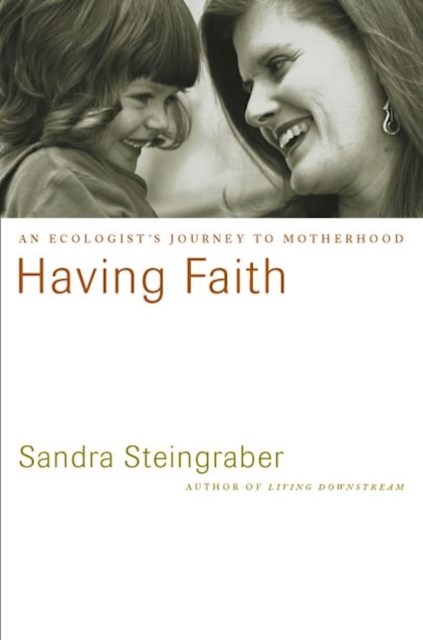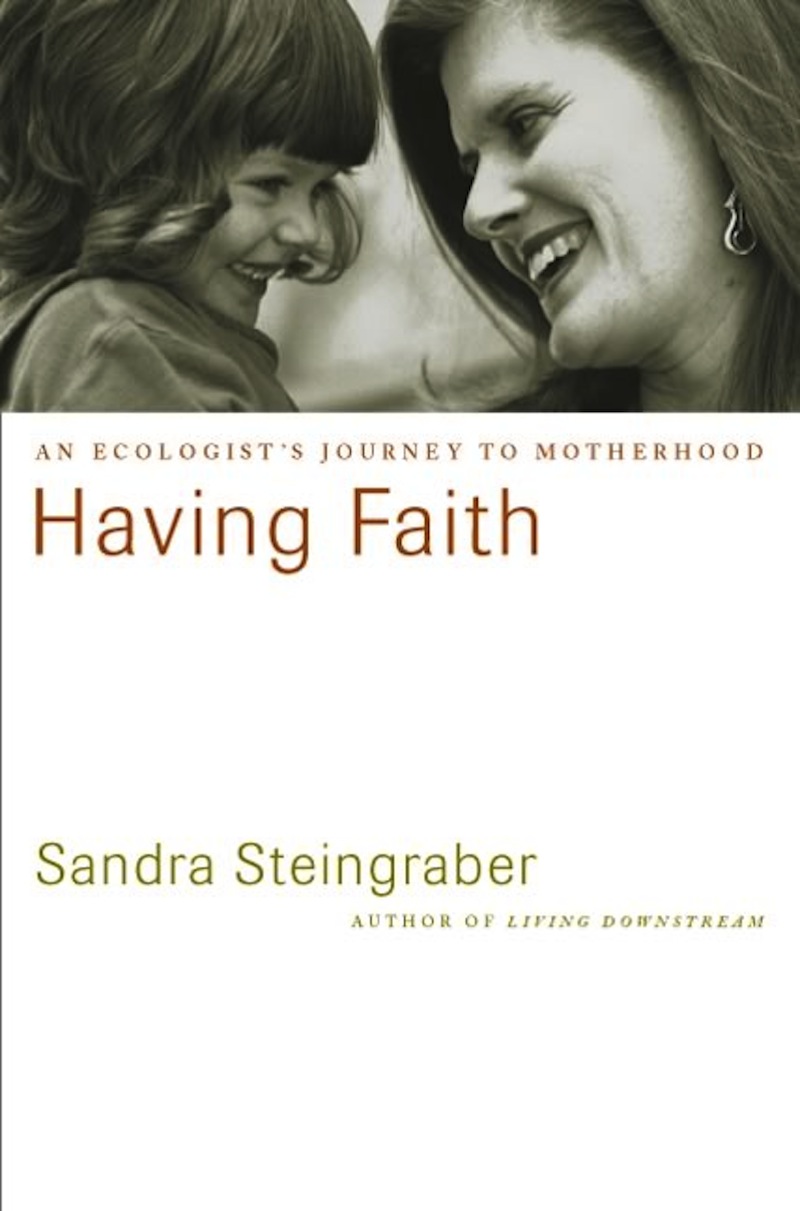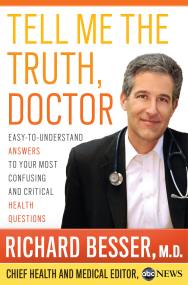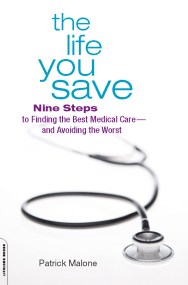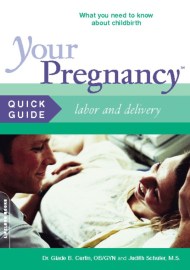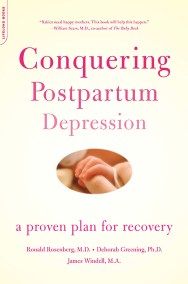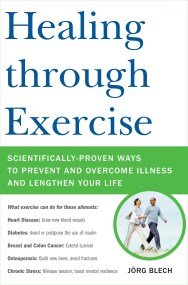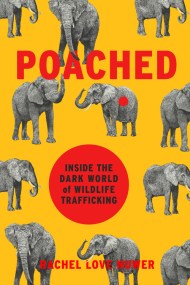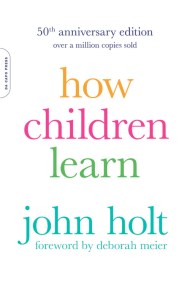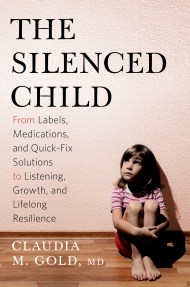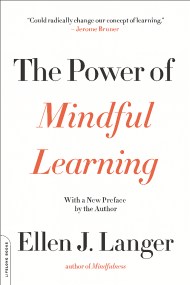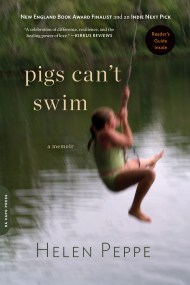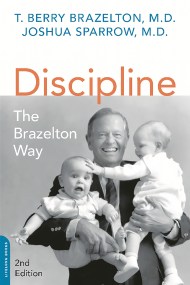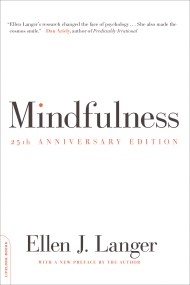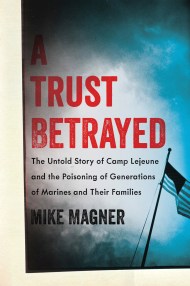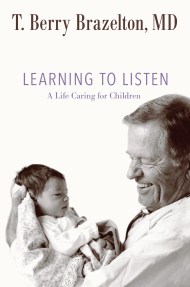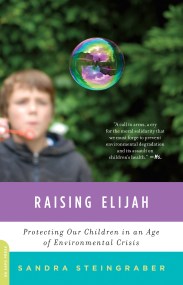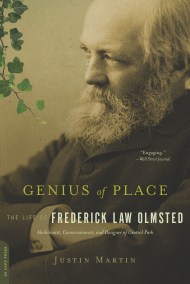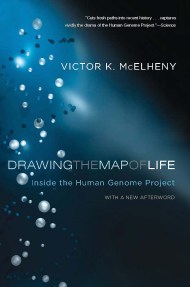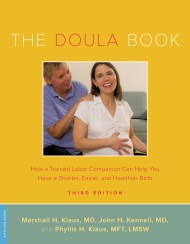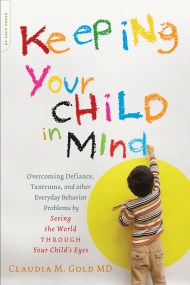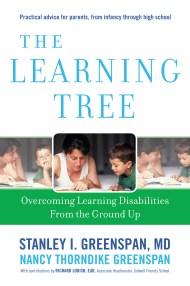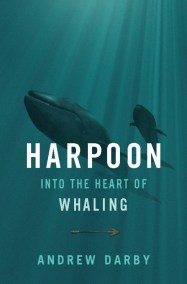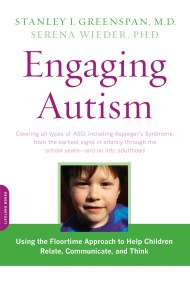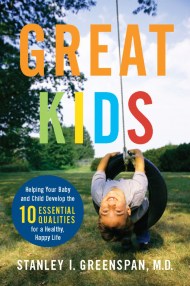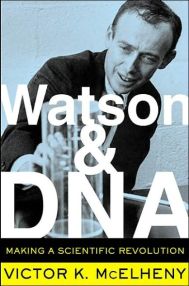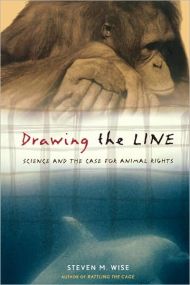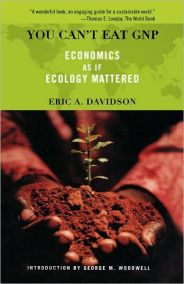Promotion
Use code FALL24 for 20% off sitewide!
Having Faith
An Ecologist's Journey to Motherhood
Contributors
Formats and Prices
Price
$8.99Price
$11.99 CADFormat
Format:
ebook $8.99 $11.99 CADThis item is a preorder. Your payment method will be charged immediately, and the product is expected to ship on or around May 15, 2012. This date is subject to change due to shipping delays beyond our control.
Also available from:
A brilliant writer, first-time mother, and respected biologist, Sandra Steingraber tells the month-by-month story of her own pregnancy, weaving in the new knowledge of embryology, the intricate development of organs, the emerging architecture of the brain, and the transformation of the mother’s body to nourish and protect the new life. At the same time, she shows all the hazards that we are now allowing to threaten each precious stage of development, including the breast-feeding relationship between mothers and their newborns. In the eyes of an ecologist, the mother’s body is the first environment, the mediator between the toxins in our food, water, and air and her unborn child.Never before has the metamorphosis of a few cells into a baby seemed so astonishingly vivid, and never before has the threat of environmental pollution to conception, pregnancy, and even to the safety of breast milk been revealed with such clarity and urgency. In Having Faith, poetry and science combine in a passionate call to action.A Merloyd Lawrence Book
Series:
- On Sale
- May 15, 2012
- Page Count
- 352 pages
- Publisher
- Da Capo Press
- ISBN-13
- 9780738216621
Newsletter Signup
By clicking ‘Sign Up,’ I acknowledge that I have read and agree to Hachette Book Group’s Privacy Policy and Terms of Use
